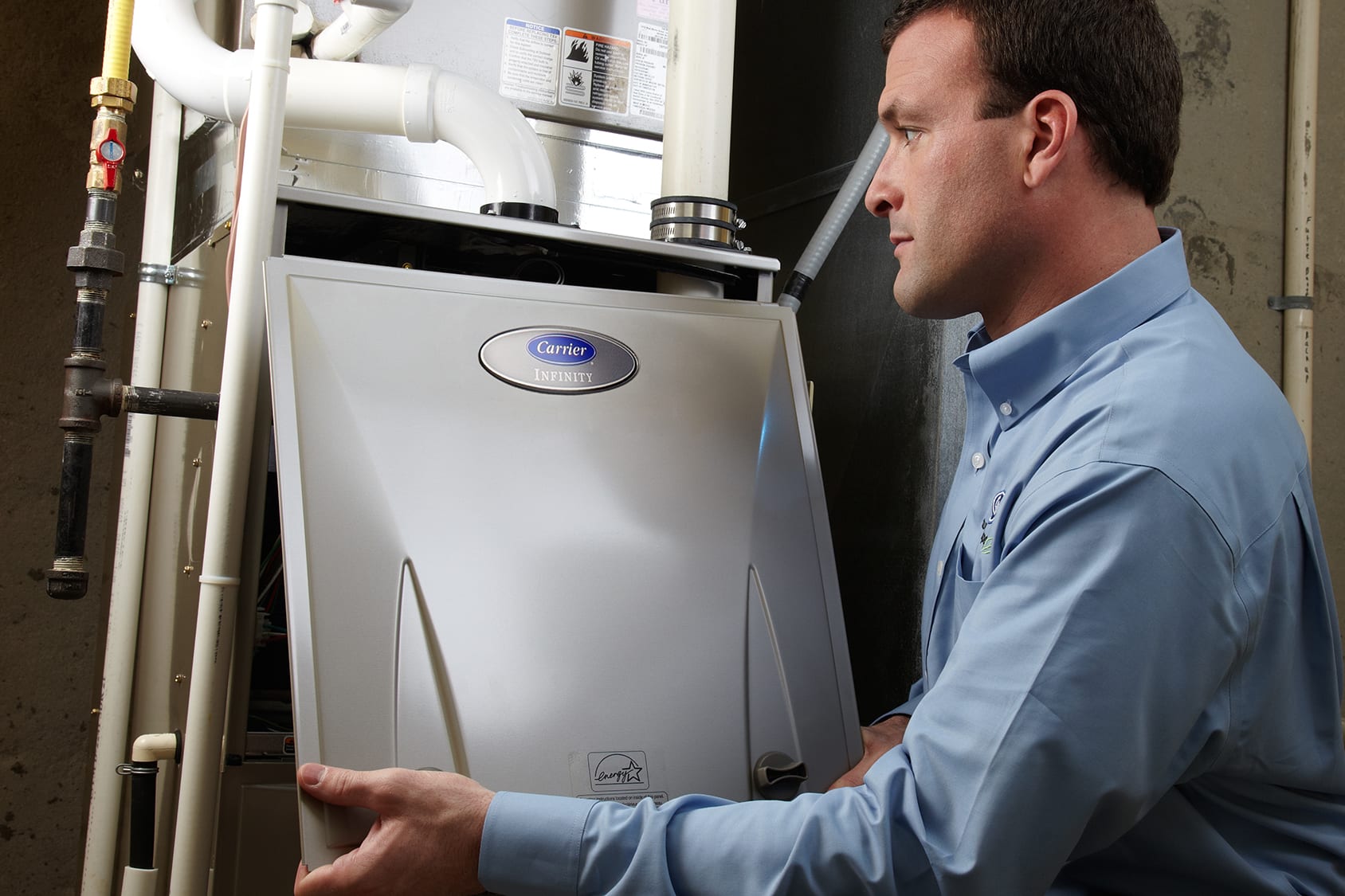Oil Furnace Replacement Cost
By Travis Baugh
Replacing your oil burning furnace is a significant investment, and understanding the associated costs is essential. In this comprehensive guide, we will delve into various aspects of oil furnace replacement costs to aid you in making an informed decision.

Understanding Oil Furnace Replacement Costs
Several factors influence the cost of replacing an oil burning furnace. By understanding these elements, you can better budget for your replacement project and make more informed decisions.
1. Rating: The efficiency rating of an oil furnace can impacts its cost. Higher efficiency furnaces are generally more expensive upfront but can lead to long-term savings through reduced energy consumption. Furnace efficiency is measured through Annual Fuel Utilization Efficiency (AFUE). The higher the AFUE rating, the more energy-efficient the furnace, resulting in lower operating costs and reduced energy consumption. Learn more on AFUE rating.
2. Size and Capacity: The size and capacity of the oil furnace necessary for your home will affect the cost. Larger homes often require larger furnaces, which can increase the overall replacement cost.
3. Installation Complexity: The complexity of the installation process can also affect the cost. Factors like the accessibility of the installation area and required modifications or upgrades can influence the final price.
4. Brand and Model: The brand and model of the oil furnace you choose can impact the cost.
In addition to the furnace itself, there are additional costs to consider:
- Labor rates: Dealers change various rates for the labor needed to install your oil furnace.
- Removal and Disposal: The cost of removing and disposing of your old oil furnace.
- Ductwork Modifications: If your existing ductwork requires modifications or repairs to accommodate the new furnace, this can add to the overall cost.
Understanding these factors and additional costs can help you plan and budget for your oil furnace replacement project effectively. Consult with your local Carrier dealer for accurate cost estimates and to ensure a smooth installation process.
Tips for Finding Cost-Effective Oil Burning Furnace Replacement Options
Here are some tips to help you find cost-effective options and make the most of your investment:
1. Check our rebates page for rebates or incentives offered by your local utility company or state government for upgrading to an energy-efficient oil furnace. These programs can help offset the initial replacement cost.
2. Check our federal tax credits page to see if there are credits for the oil furnace you are interested in.. The government often offers tax incentives for installing energy-efficient heating systems, which can further reduce your overall expenses.
3. Research multiple Carrier dealers. Look for reputable companies offering competitive pricing without compromising on quality.
Understanding Oil Furnace Replacement Costs
Several factors influence the cost of replacing an oil burning furnace. By understanding these elements, you can better budget for your replacement project and make more informed decisions.
1. Rating: The efficiency rating of an oil furnace can impacts its cost. Higher efficiency furnaces are generally more expensive upfront but can lead to long-term savings through reduced energy consumption. Furnace efficiency is measured through Annual Fuel Utilization Efficiency (AFUE). The higher the AFUE rating, the more energy-efficient the furnace, resulting in lower operating costs and reduced energy consumption. Learn more on AFUE rating.
2. Size and Capacity: The size and capacity of the oil furnace necessary for your home will affect the cost. Larger homes often require larger furnaces, which can increase the overall replacement cost.
3. Installation Complexity: The complexity of the installation process can also affect the cost. Factors like the accessibility of the installation area and required modifications or upgrades can influence the final price.
4. Brand and Model: The brand and model of the oil furnace you choose can impact the cost.
In addition to the furnace itself, there are additional costs to consider:
- Labor rates: Dealers change various rates for the labor needed to install your oil furnace.
- Removal and Disposal: The cost of removing and disposing of your old oil furnace.
- Ductwork Modifications: If your existing ductwork requires modifications or repairs to accommodate the new furnace, this can add to the overall cost.
Understanding these factors and additional costs can help you plan and budget for your oil furnace replacement project effectively. Consult with your local Carrier dealer for accurate cost estimates and to ensure a smooth installation process.
Tips for Finding Cost-Effective Oil Burning Furnace Replacement Options
Here are some tips to help you find cost-effective options and make the most of your investment:
1. Check our rebates page for rebates or incentives offered by your local utility company or state government for upgrading to an energy-efficient oil furnace. These programs can help offset the initial replacement cost.
2. Check our federal tax credits page to see if there are credits for the oil furnace you are interested in.. The government often offers tax incentives for installing energy-efficient heating systems, which can further reduce your overall expenses.
3. Research multiple Carrier dealers. Look for reputable companies offering competitive pricing without compromising on quality.




